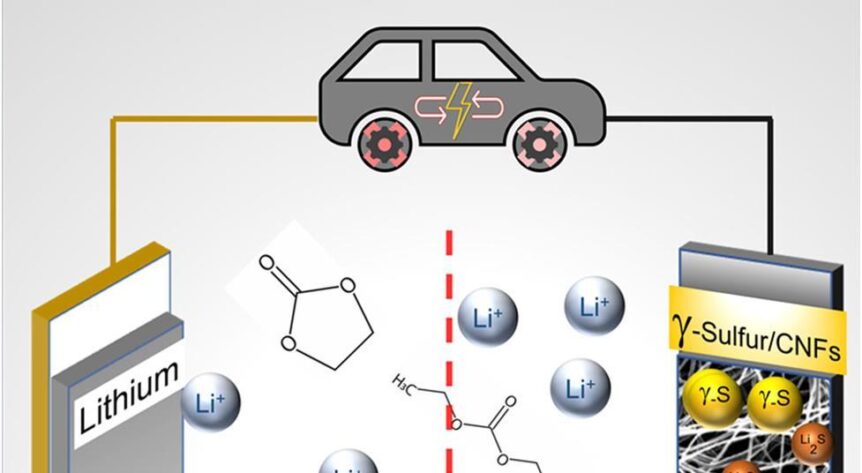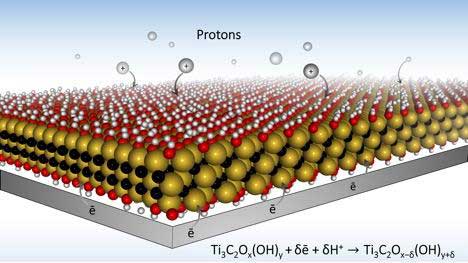Chained to Supplies? A sulfur battery uses an abundant, energy-dense material not subject to the limitations of many supply chains like those for lithium, cobalt, and nickel – all necessary for batteries as they are now constructed. William Lockett, writing for freethink.com, highlights the potential magnitude of a discovery by Drexel University researchers. “Every now and then, revolutionary technology seems to spontaneously appear out of thin air and change our world. Dynamite, penicillin, X-ray machines, and even microwaves are all examples of such revolutionary accidental discoveries. “Well, this year we may have had yet another. However, this time it is set not only to revolutionize the way we live, but potentially save our planet from looming climate change by unlocking an elusive technology: lithium-sulfur batteries.” Drexel’s Accidental Discovery Drexel University may have come up an answer to that need, even big enough to justify Lockett’s enthusiasm. Vibha Kalra, PhD. leads the school’s Department of Chemical and Biological Engineering, and reports …
Mixing It Up With MXene
Over the years reporting on battery developments, we’ve seen paper batteries, spray-on batteries, structural batteries and many types of material mixes. Drexel University has tossed all the above intone big hopper and come up with MXene, a potentially dynamic way of making batteries, supercapacitors, antennas, and structural elements that can be conductors, semiconductors, and insulators, among myriad applications. Going Through a Phase MXenes are formed from layered MAX phases, defined by Drexel as forming, “A large family of ternary(composed of three) carbides with the general formula Mn+1AXn, where n = 1–3, M is an early transition metal, A is an A-group element (mostly IIIA and IVA), and X is C and/or N:” That level of chemistry is two quantum leaps above your editor’s pay grade, so you’ll have to work out the implications for yourself. Or, you can read the more understandable explanation in this link. Drexel explains, “MXenes are made by chemically etching a layered ceramic material called a MAX phase, to remove a set of chemically-related …


